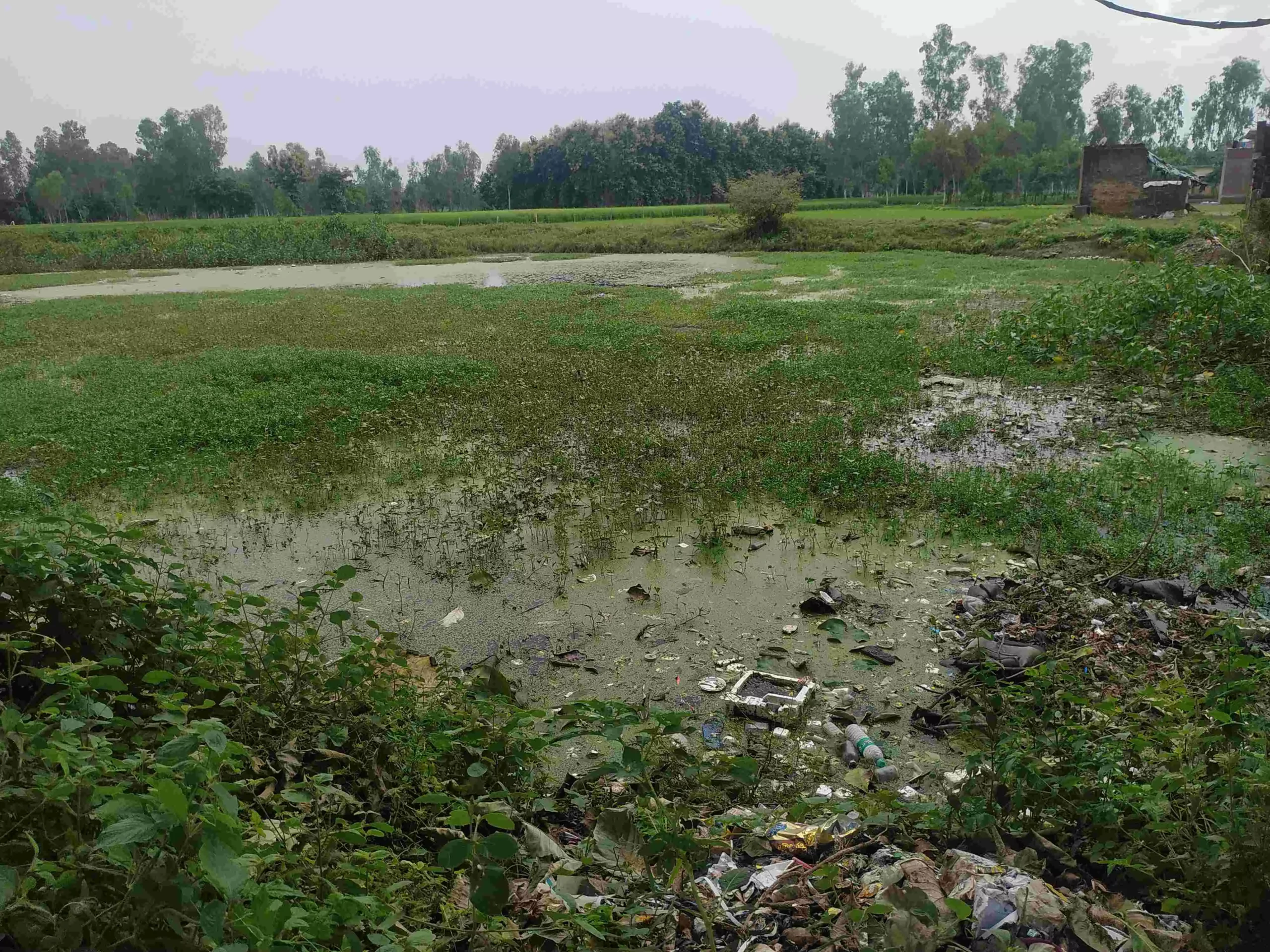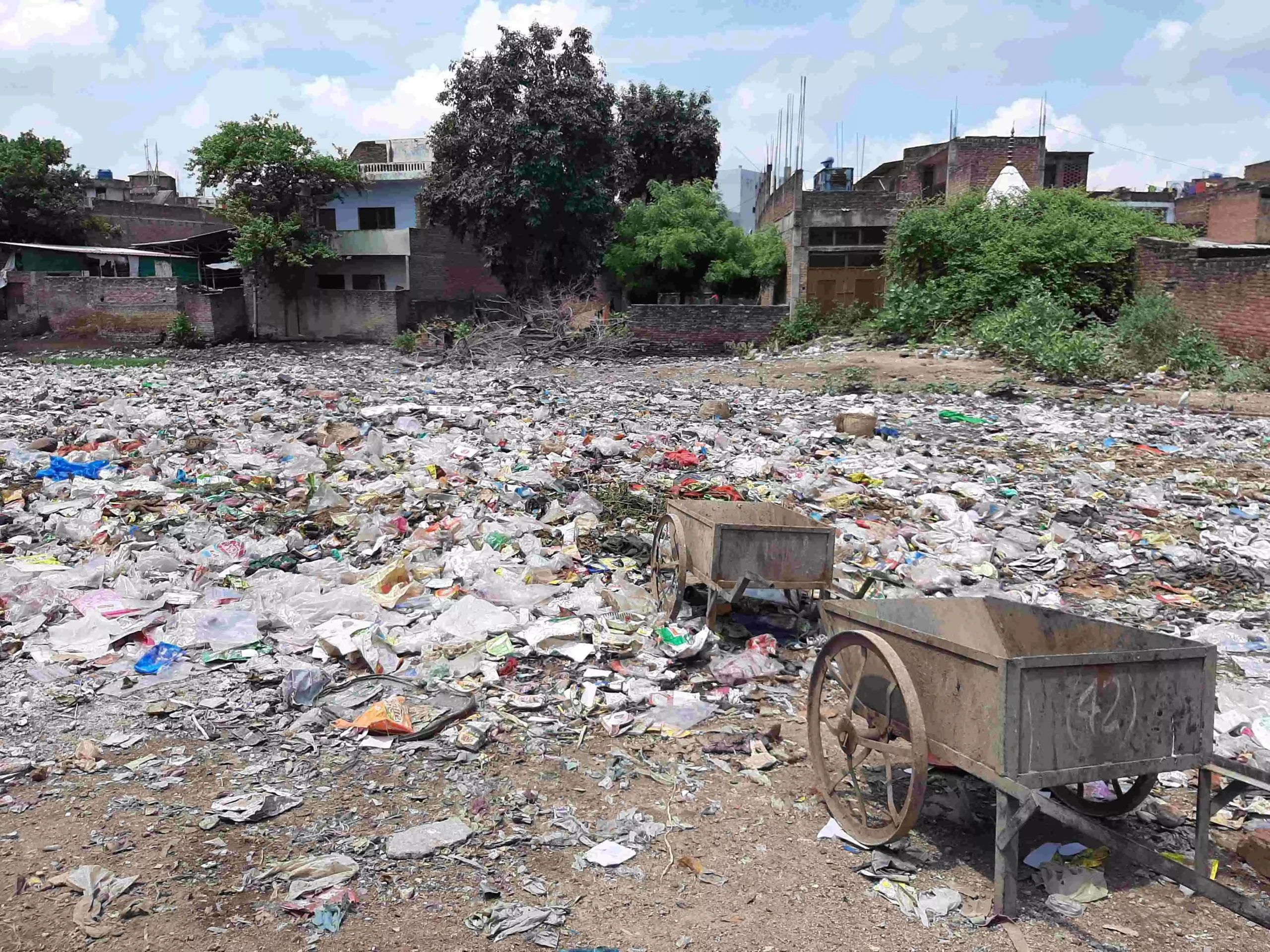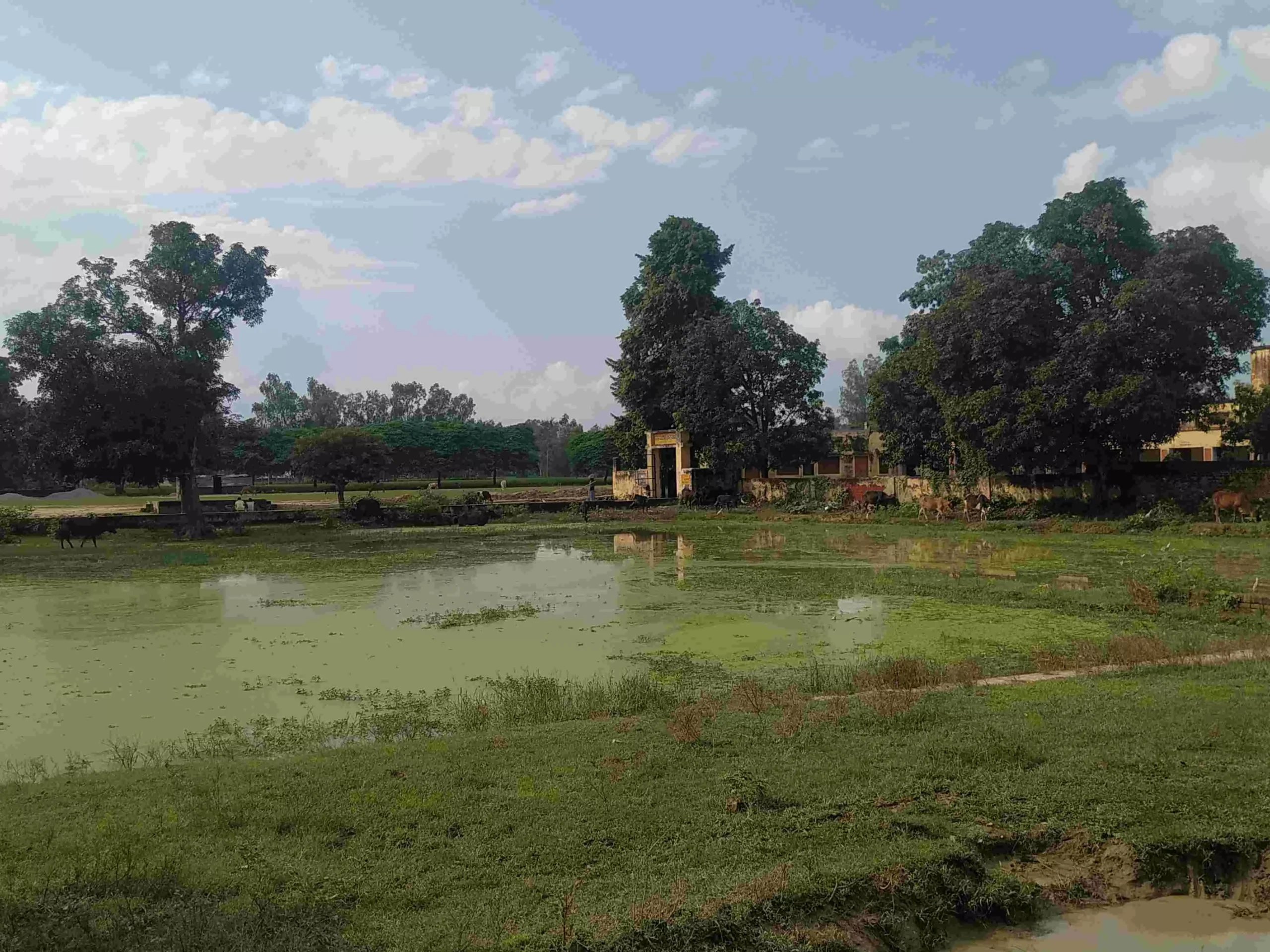“This year, the
plains of Karnataka have received good rainfall. The ponds here are filled to
the brim. But, the water level will recede by October-end or mid-November then many
ponds will dry up,” said NJ Devraj Reddy, who lives in Chitradurga district in
Karnataka. Reddy is a hydro-geologist working with Geo Rain Water Board, an NGO
working in the area of rain-water harvesting, bore well recharge and groundwater rejuvenation.
This is an
annual occurrence in Karnataka, a state that has been dealing with drought-like
situation for the past many years. Every year, the ponds here dry up by the end
of October. However, Karnataka is not the only state. The country has received 10%
above-normal rainfall this year. Most of the ponds are adequately replenished,
however, they will soon dry up.
All the
experts we spoke to for the story cited depleting groundwater level as the main
reason behind drying up of ponds. According to the report of composite water
management index (CWMI) published on June 14, 2018, India is facing the worst
water crisis in its history. The underground water level is receding very fast.
 Every year, the ponds in Karnatka dry up by the end of October.
Every year, the ponds in Karnatka dry up by the end of October.
“India is
the largest user of groundwater in the world”
India is the
largest user of groundwater in the world, withdrawing about 230 billion cubic
meters every year for irrigation alone. The underground water level has been depleted
fast as the area of cultivation keeps on increasing. This is the reason why wells
and ponds dry up even before the arrival of summer.
“Although good
rainfall did fill the ponds up in my village, but as of now there is hardly any
water in the ponds,” said Rajesh Krishnan, 40, who lives in Thrissilery village
in Wayanad district of Kerala. He added, “Immediately after the floods last
year, the wells and rivers went dry. How would the ponds survive?”
The Kerala
floods of 2018 were the worst in this century. After the state received heavy
rainfall in August last year, all the major rivers, including Periyar,
Bharathappuzha, Pamba and Kabini, were swollen. But soon after the floods, the water
level started depleting fast and within 15 days all of them dried up.
Krishna
Gopal Vyas, a senior geologist and an expert on water and environment issues, told
Gaon Connection: “The sudden fall in water level in rivers after floods in
Kerela is a warning to all of us. This should be taken into consideration. The
state’s chief minister had asked the Kerela State Council for Science, Technology
and Environment to study the reasons behind decreasing water level in water
bodies. However, nobody knows the outcome of the study. Now, decreasing water
level in ponds is an alarming situation.”
 Depleting groundwater level is the main reason behind drying up of ponds, say experts.
Depleting groundwater level is the main reason behind drying up of ponds, say experts.
Ponds are
drying up across India
The
situation is no different 2,000 km from Kerala. In Shahpur, a village 30 km from Uttar Pradesh’s capital Lucknow, water level in ponds and other water
bodies is depleting at an alarming rate.
Ramchandra
Bajpai, 58, who lives in Shahpur, said: “We had five ponds in our village. They
used to be full of water even in summers. People would use that water for
irrigation during the day and the same ponds would get replenished in the
night. It used to happen because the water table was not this low back then. The
level has gone down considerably in the past few years owing to which during rainy
season, the water bodies could hold very little water in them. This water will
dry up by the end of December.”
Shamim Bano,
54, who lives in the same village, showed us a pond which was near her home which
used to be full throughout the year. “It rained well this year, which filled
the pond. But after five-six days of heavy rainfall, it dried up. Last year was
no different. The pond dried up by the end of December. Animals suffer because
of this. They don’t get water to drink.”
In Latera
village, which is 211 km from Lucknow, in Basti district of Uttar Pradesh, ponds
were full during monsoon, but as soon as the season was over, they went dry.
Neeraj Pal, 34, who lives in Latera village, told Gaon Connection that ponds
were full for one-two days, but now water-level is so low that he could walk through
the pond. “This year is the worst. Last year, our ponds had enough water in
October which depleted by the beginning of January. But this time, the water
level depleted fast.”
 Water level in ponds and other water bodies is depleting at an alarming rate.
Water level in ponds and other water bodies is depleting at an alarming rate.
Dr Venkatesh
Dutta, who is water resources management expert based in Lucknow, explained
that the top surface of the water table is known as the shallow water table. When
the ponds are full, only this section of water table gets replenished. If we
have to keep the ponds full throughout the year, then we must bring our water
table up.
He added, “It
is not limited to ponds. Many rivers are also going dry because of this very
reason.”
“Water also
evaporates from ponds. In earlier times, for instance, during the Chandela
dynasty, a tree used to be planted at the corner where pond received excessive
sunlight. This would contain high rates of evaporation,” added Dutta.
Himanshu
Thakkar, coordinator of South Asia Network on Dams, Rivers and People (SANDRP),
said: “There could be several reasons behind water drying up in ponds. If the
water table is low then ponds in that area dry up fast. Earlier, water table used
to be stable, ponds would get replenished. Now, the groundwater level has fallen
because of which water in ponds is getting discharged instead of getting
recharged.”
“We need to
do a lot to save our ponds. Firstly, we need to understand the recharging mechanism
of groundwater. Then we will have to artificially recharge water at some
places. Also, we have to regulate the use of groundwater. We would be able to save
the ponds only when the water level will come up.”
“The groundwater is lifeline of India. The government will act on this only if it
understands the seriousness. But sadly, it’s not what they are focusing on. We
are not doing anything to restore groundwater. If this continues, then the
situation will worsen.”




















